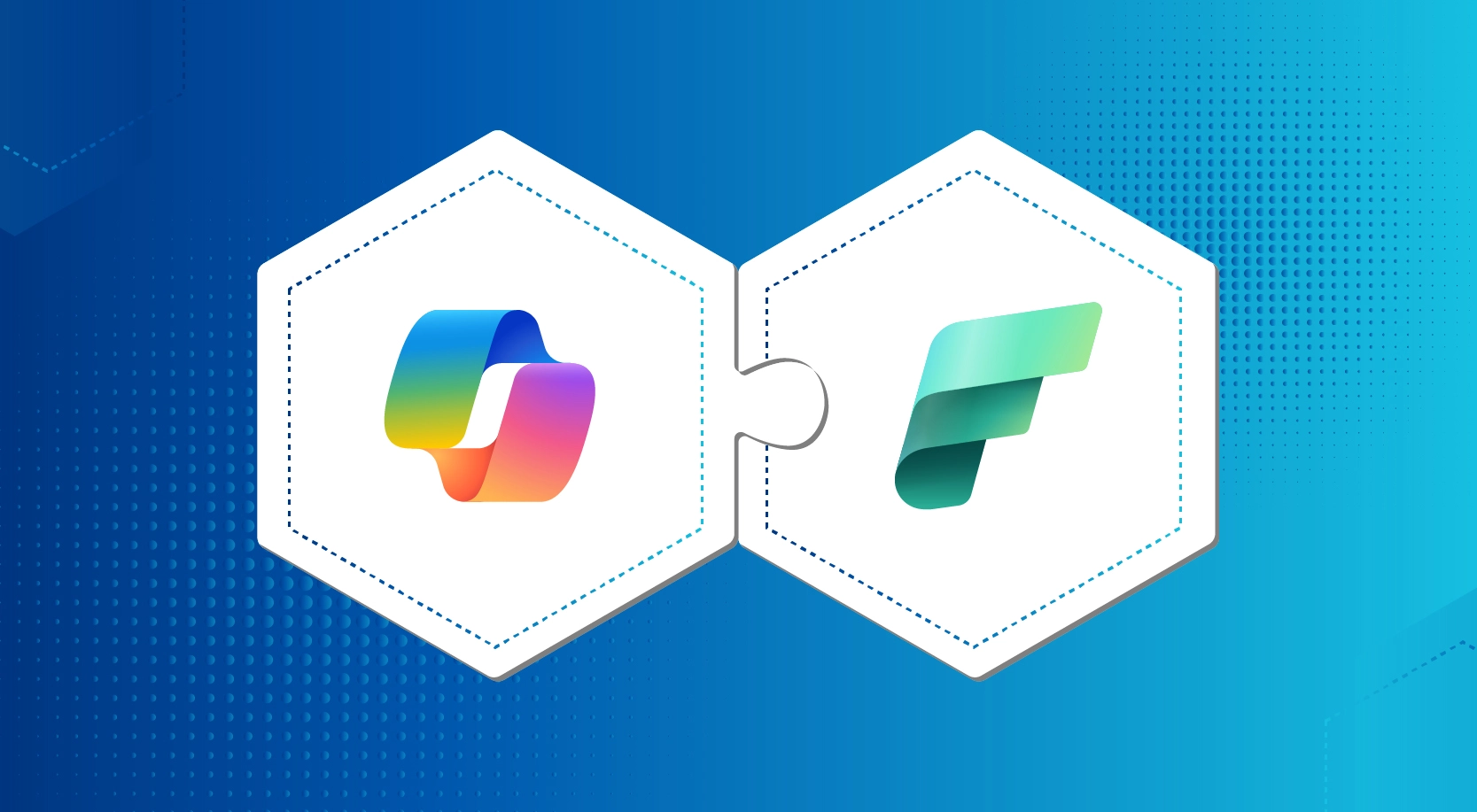
70% of organizations admit that data remains siloed across departments, slowing collaboration. (Source: IDC, 2024)
33% of data professionals report spending more time maintaining pipelines than deriving insights. (Source: Microsoft Fabric community data)
These numbers tell a clear story—and one that business leaders know all too well. Ask any of them what slows down decision-making, and you’ll likely hear a familiar list: fragmented data, slow access, and too much back-and-forth with IT. For all the tools we’ve invested in, we still struggle with a basic problem—getting the right insight into the right hands fast enough to act.
Copilot in Microsoft Fabric goes beyond being a simple platform enhancement—it’s a game changer. With purpose-built Copilots embedded across workloads, Microsoft Fabric is redefining how organizations interact with and experience data.
And for leaders who’ve spent years wrestling with complexity, this shift is long overdue.
A Candid Observation: The Data Stack Has Become Unmanageable
Over the last decade, we’ve seen an explosion in data tools: one for storage, one for orchestration, another for visualization, and more for modeling, pipelines, and governance—the list never seems to end.
And yet, despite all this investment, the reality inside most organizations looks something like this:
- Business teams waiting days (or weeks) for answers
- Analysts juggling disconnected tools and duplicate reports
- Engineers are bogged down by maintaining pipelines rather than driving innovation
In my view, we’re past the point of “tooling.” The real issue now is usability.
Microsoft Fabric changes the narrative.
- It brings the pieces together. Finally.
- Less duct tape, more clarity.
- Less waiting, more doing.
It’s not just about tossing another platform into the mix. It’s about getting your data to actually work for your teams. Sure, pulling everything into one place is a good start—but Fabric takes it a step further. It threads intelligence right into the everyday flow of work.
Copilot in Microsoft Fabric Isn’t a Feature, It’s a Layer of Access
What makes Fabric different isn’t just that it unifies your data stack across engineering, analytics, and governance. It builds intelligence into each experience.
And not just generic intelligence, each Copilot in Microsoft Fabric is designed specifically for the workload it supports.
Below is the full set of Copilots currently available in Microsoft Fabric. Two are generally available (GA), while the others are in preview.
| Fabric Experience | Copilot Available | Copilot Capabilities | Release Status |
| Power BI, | ✅ Yes | Suggest visuals and report pages Summarize data in narrative form Write and explain DAX Answer questions about data | GA |
| Data Factory | ✅ Yes | Generate and run data pipelines Summarize and troubleshoot pipelines Generate queries in Dataflows Gen2 | GA |
| Data Science & Data Engineering | ✅ Yes | Generate/fix code in notebooksExplain notebook contentVisualize and analyze dataCreate Fabric data agentsUse AI functions to enrich data | Preview |
| Data Warehouse | ✅ Yes | Generate, explain, and fix SQL queries Suggest SQL code completions | Preview |
| Real-Time Intelligence | ✅ Yes | Write and modify KQL queries Generate real-time dashboards | Preview |
Each Copilot knows its job. Each helps its user get from idea to action, without detours.
WinWire’s Take: It’s About Reducing the Cost of Curiosity
At WinWire, we’ve helped organizations in healthcare, life sciences, and manufacturing shift to Microsoft Fabric—not just to consolidate infrastructure but to make data usable again.
- When a supply chain manager can run a what-if scenario without asking for help…
- When a product team can test a hypothesis without blocking a data scientist’s calendar…
- When leaders get answers on the fly instead of waiting on reports…
That’s when the ROI really starts to show.
The cost of curiosity—of asking a question for business users —is no longer high. That’s a cultural shift.
Customer Story: Moving from Complexity to Flow
A global construction company came to us with exactly this challenge: their data was spread across multiple lakes, warehouses, and dashboards. But pulling together simple operational insights meant using four separate tools, relying on two handoffs, and waiting too long.
We helped them consolidate everything onto Microsoft Fabric, using a medallion architecture built on OneLake. Yet the real breakthrough wasn’t just performance—it was the experience.
Now, their team leaders use Copilot to explore costs, risks, and delays on their own. Reporting time dropped by nearly 40%, decision lag vanished, and most importantly, data is no longer locked away with just a few experts. Read the full case study here
Governance That Doesn’t Get in the Way
Let’s talk trust. Most leaders know what happens when data flows freely—risks go up.
Fabric addresses this with governance built in from the start. Microsoft Purview is deeply integrated, not tacked on.
- Access is role-aware.
- Lineage is visible.
- Audit trails are automatic.
That means your Copilots won’t show you what you’re not supposed to see. And your compliance officer won’t lose sleep wondering who accessed what. Trust and speed, for once, don’t have to be at odds.
What to Ask Before You Dive In
If you’re exploring Fabric, don’t stop at the technical spec sheet. Ask deeper, more strategic questions:
- How much time does your team spend getting data vs. using it?
- Who in your business is still blocked from exploring insights today?
- What would change if every team could run their own queries safely and confidently?
- Are you hiring more people to work on your data—or enabling more people to work with it?
These are leadership-level questions, and Copilot in Microsoft Fabric provides practical, AI-driven experiences to help answer them with clarity and confidence.
Conclusion
Your data platform shouldn’t feel like a maze. It should feel like a conversation.
With intelligent Copilots built into every layer, Microsoft Fabric brings us closer to that reality. As more organizations adopt it, the question won’t be if data becomes accessible but how fast your teams can turn it into action.
This isn’t the future of data. It’s what forward-looking businesses are doing right now.
WinWire helps organizations build exactly that kind of system. We don’t just migrate—we modernize the experience. And with Microsoft Fabric, we now have a foundation that’s flexible enough for technical teams and friendly enough for business users.
If you’re rethinking your data experience, Power BI is the ideal starting point.

WinWire’s four-part Copilot program—covering Readiness, Value Mapping, Proof of Concept, and Governance—gives you a clear, low-risk path to adoption. In just weeks, you can see real productivity gains while building the guardrails needed for safe, scalable growth.
To explore what this could look like for your organization, connect with us NOW.





